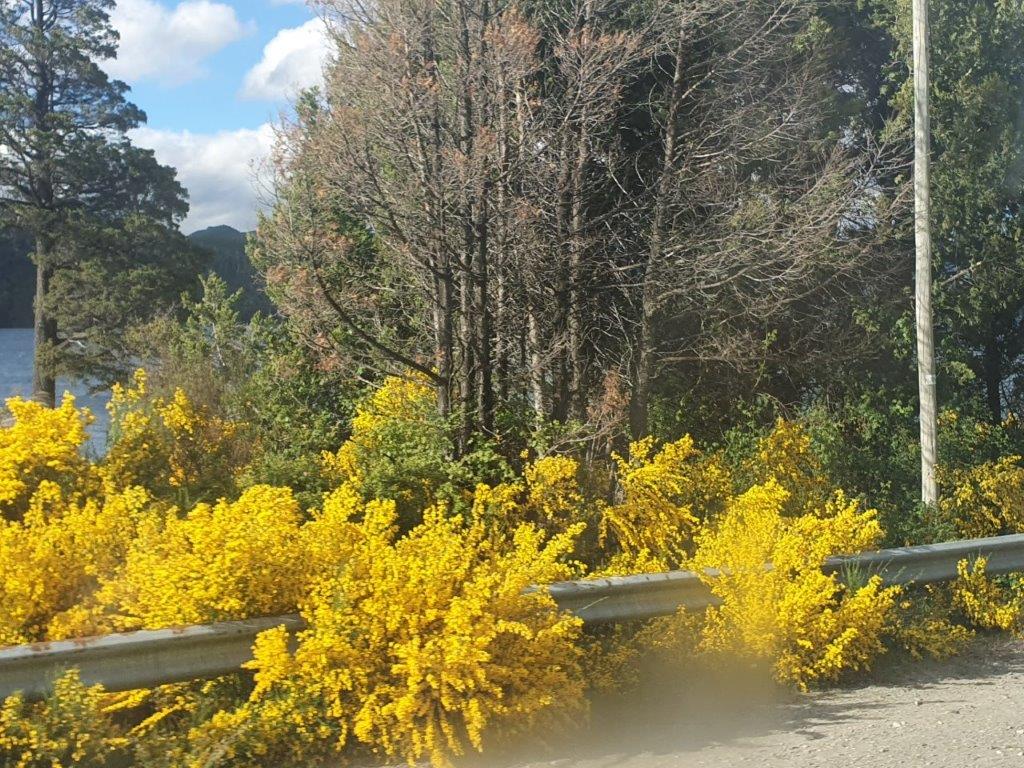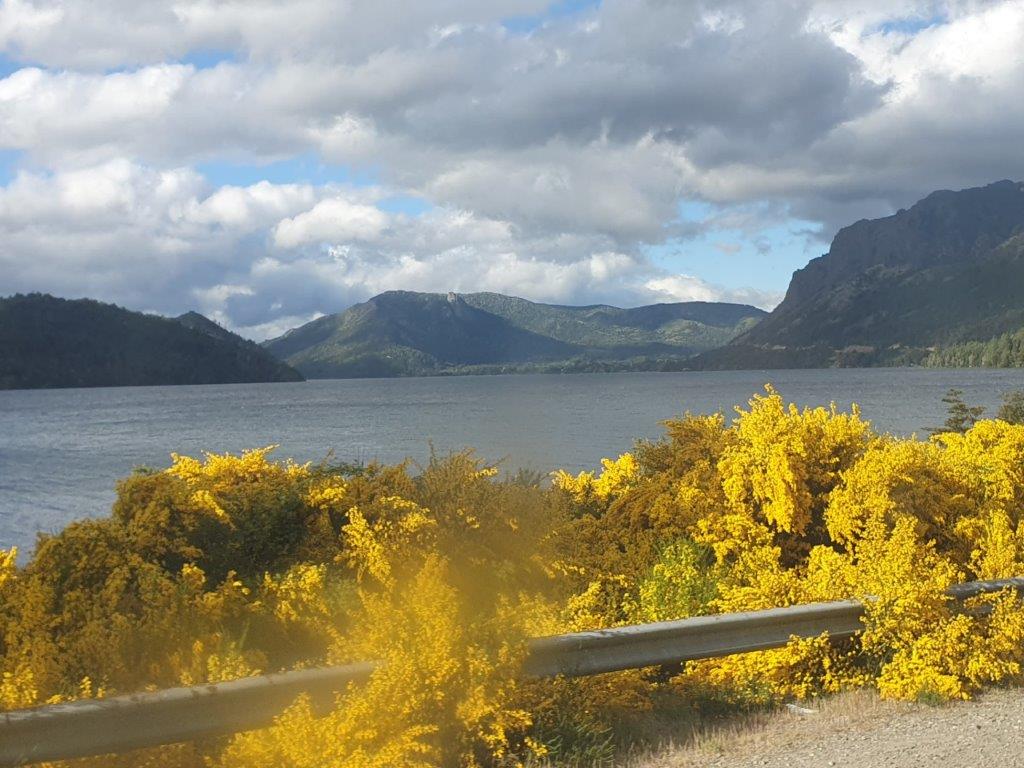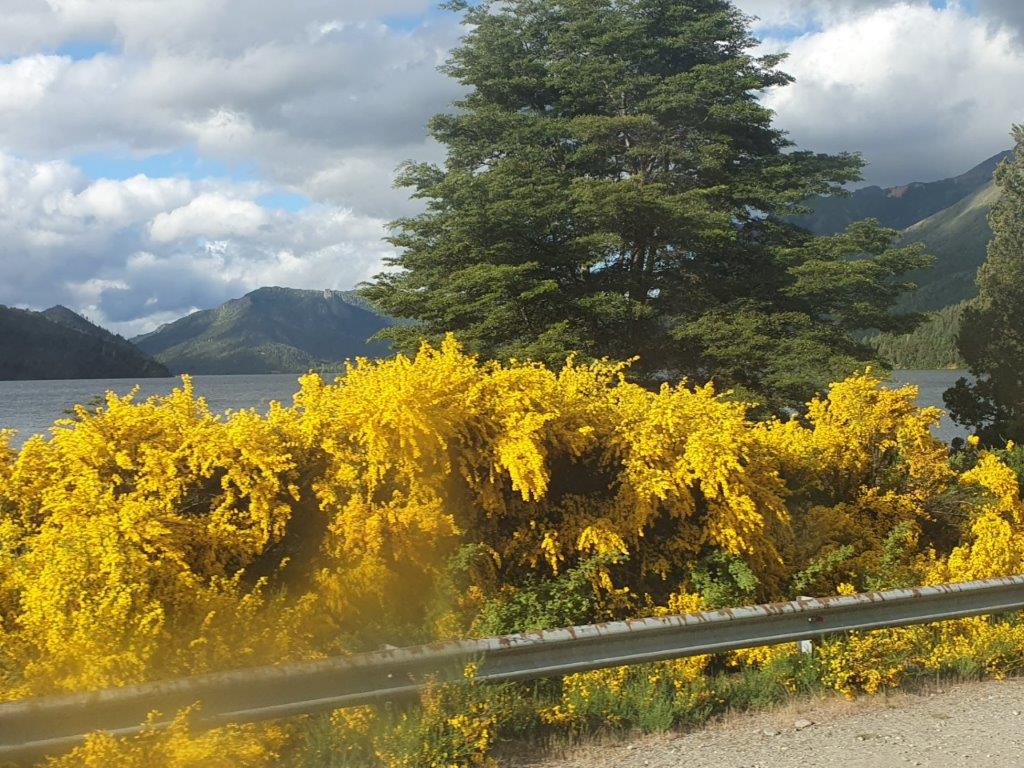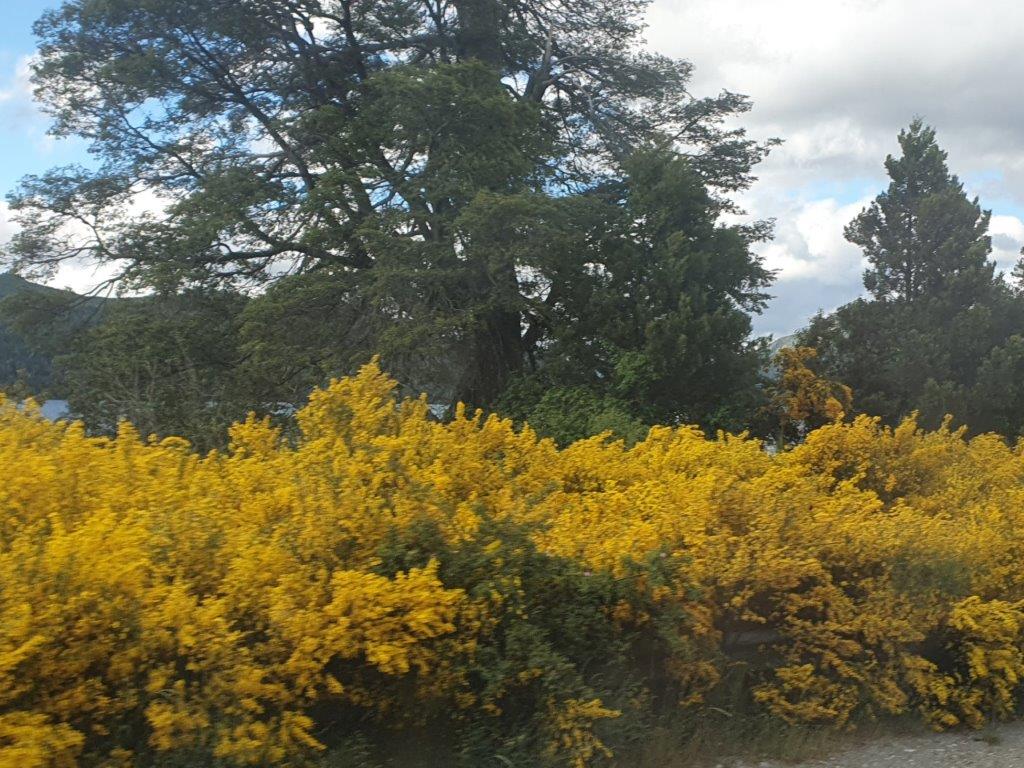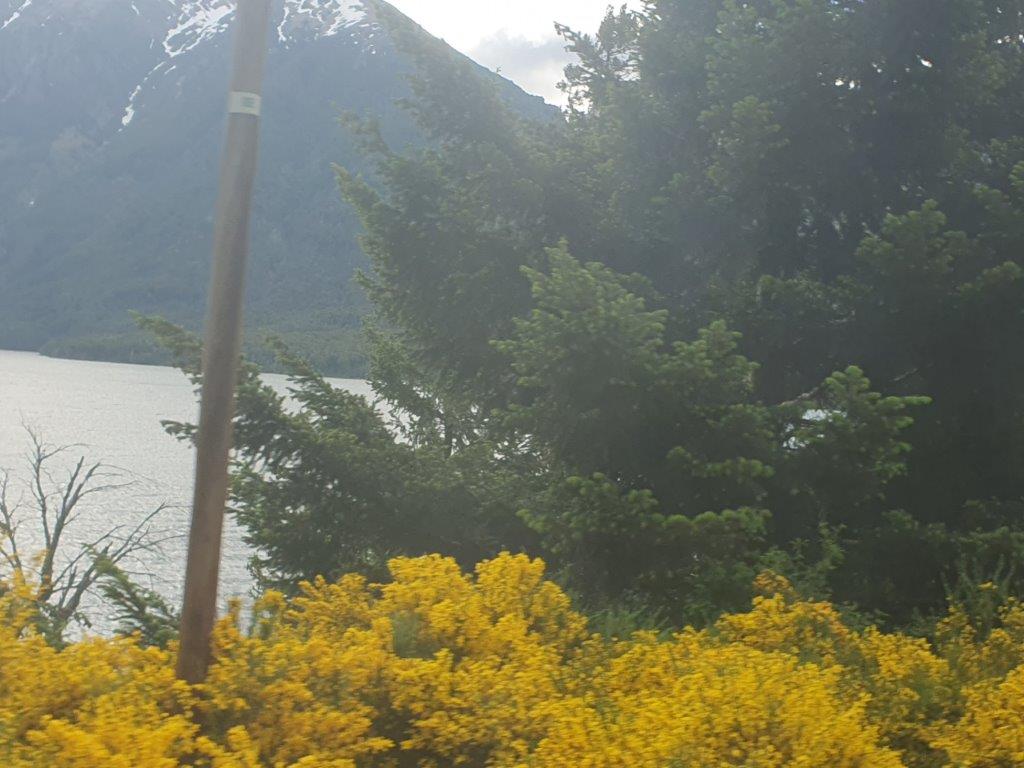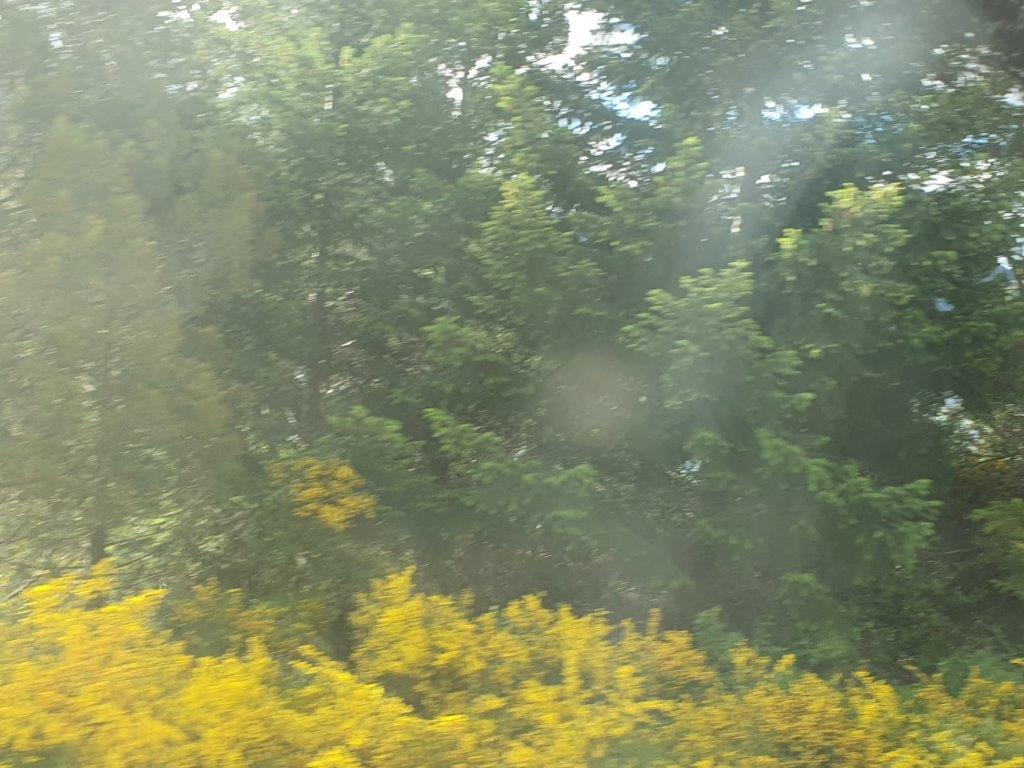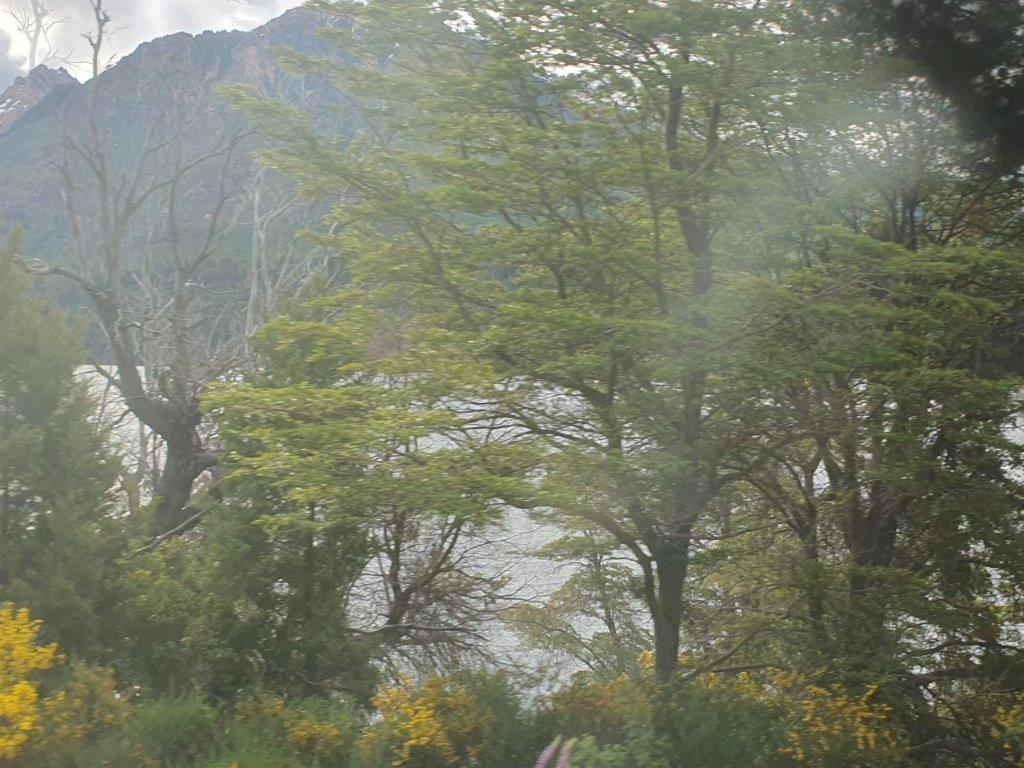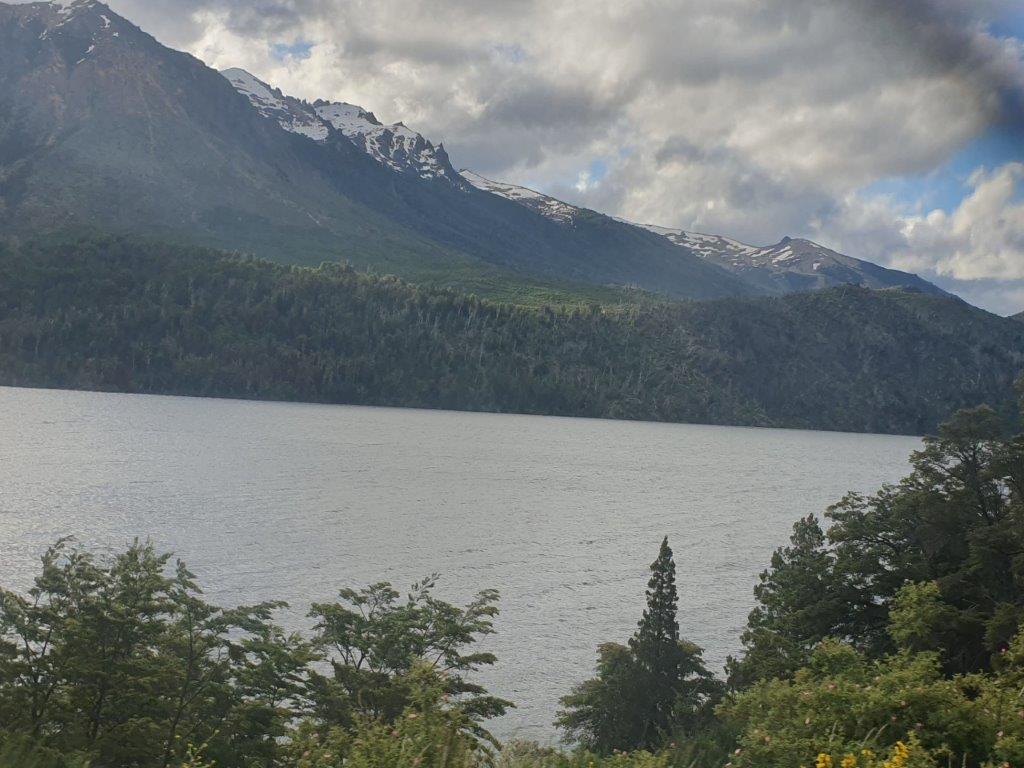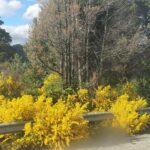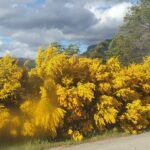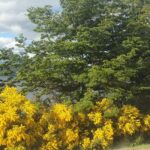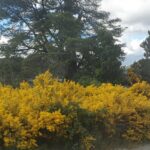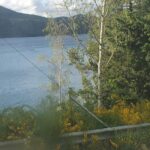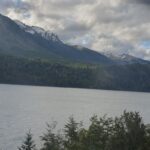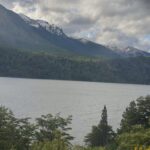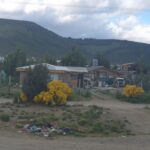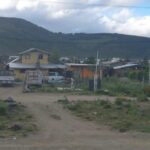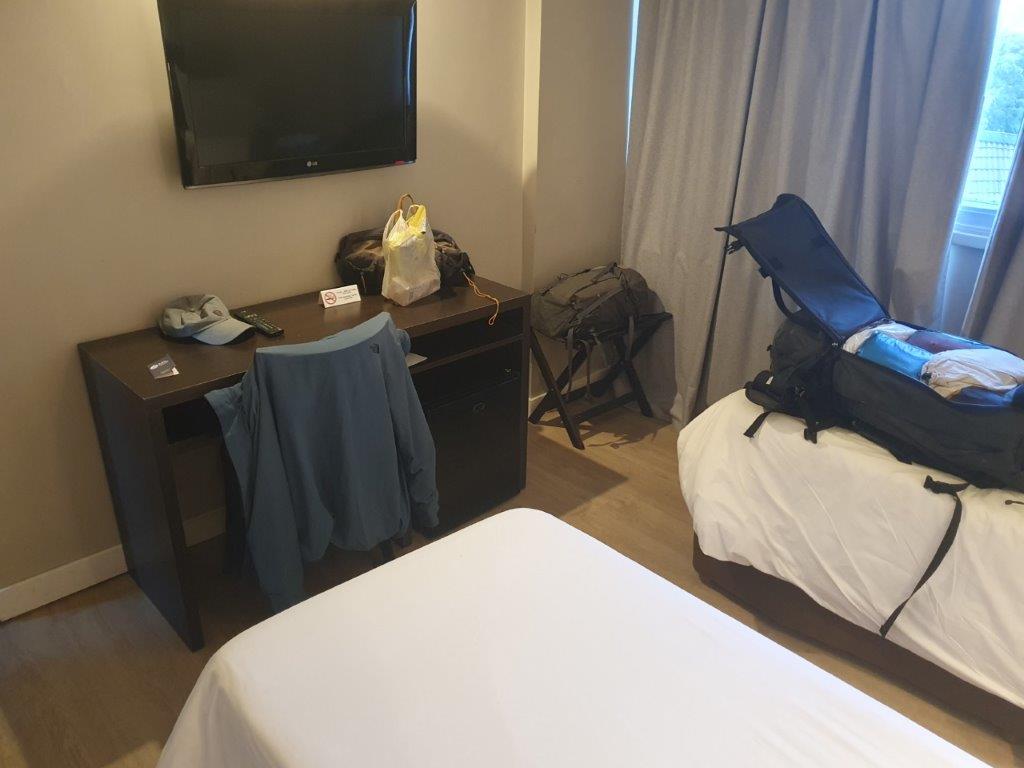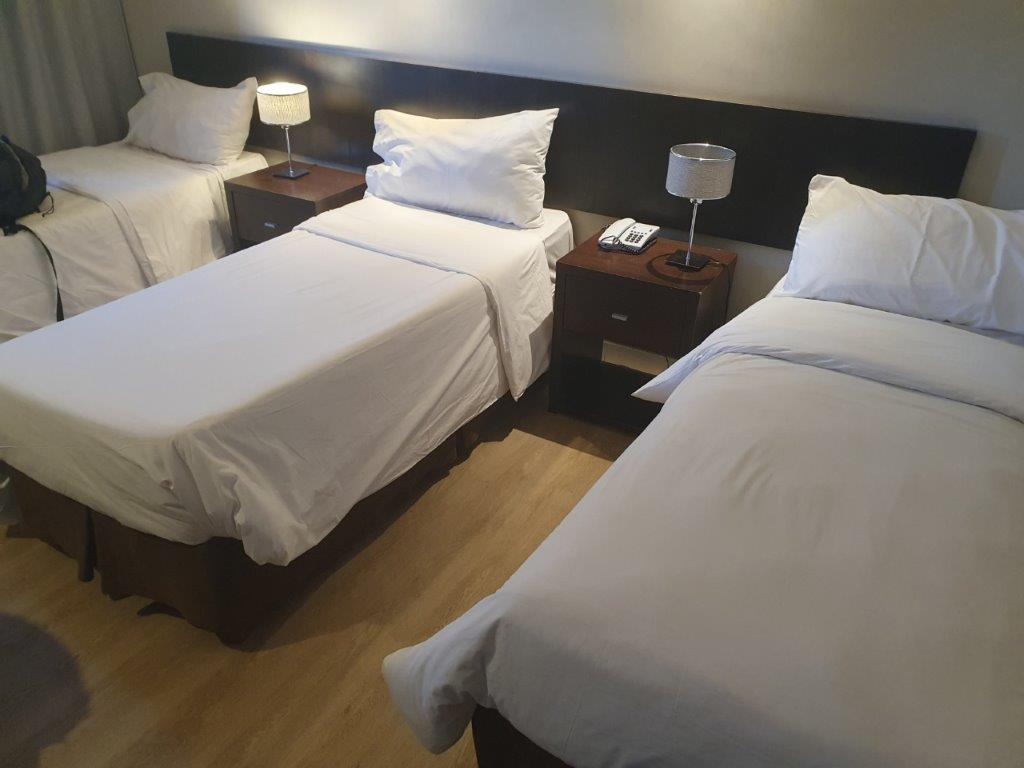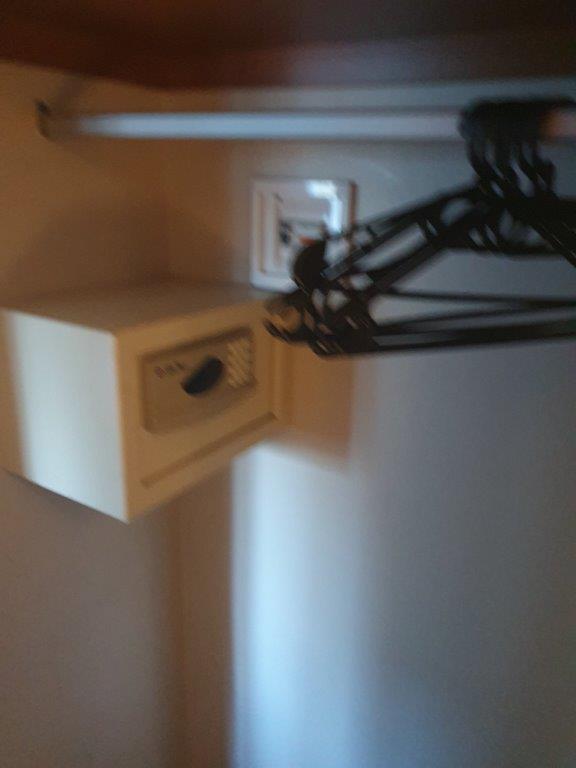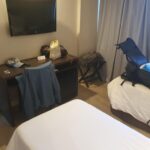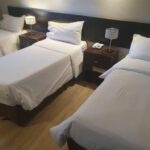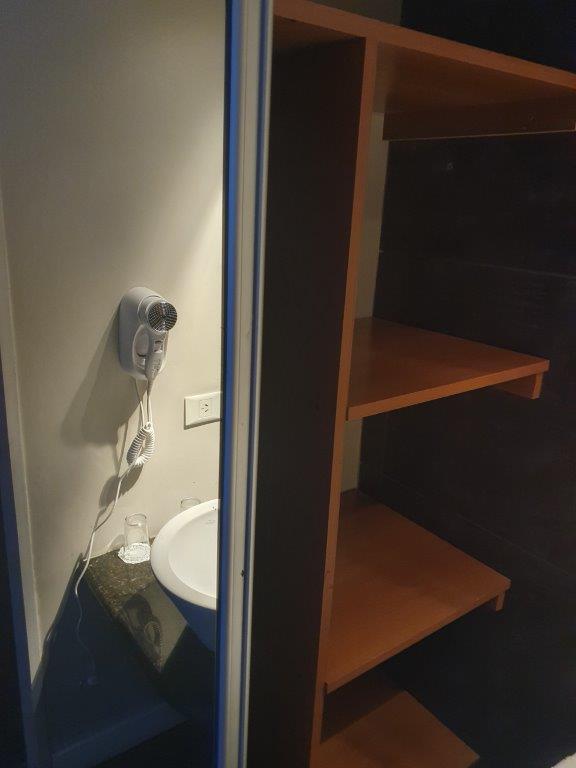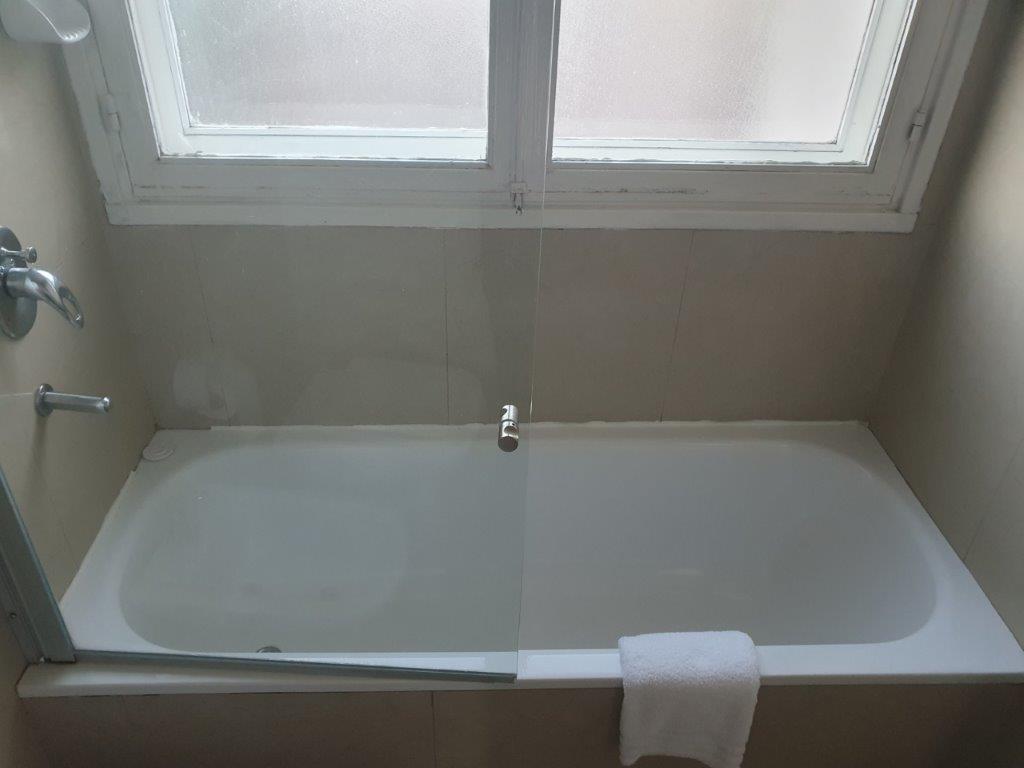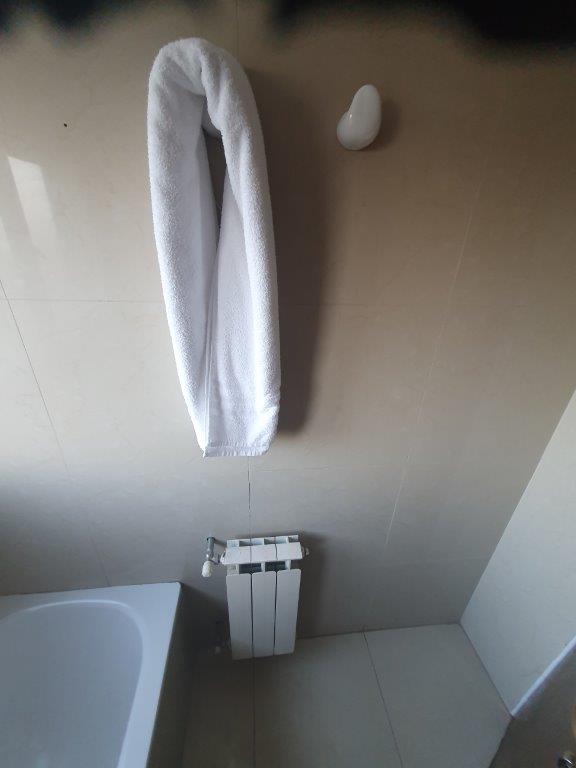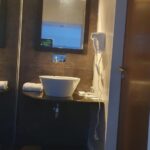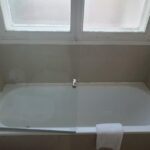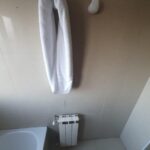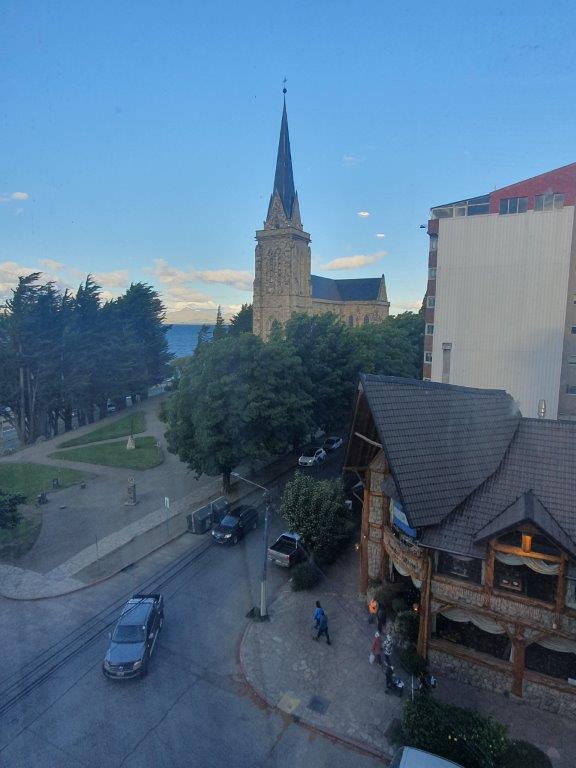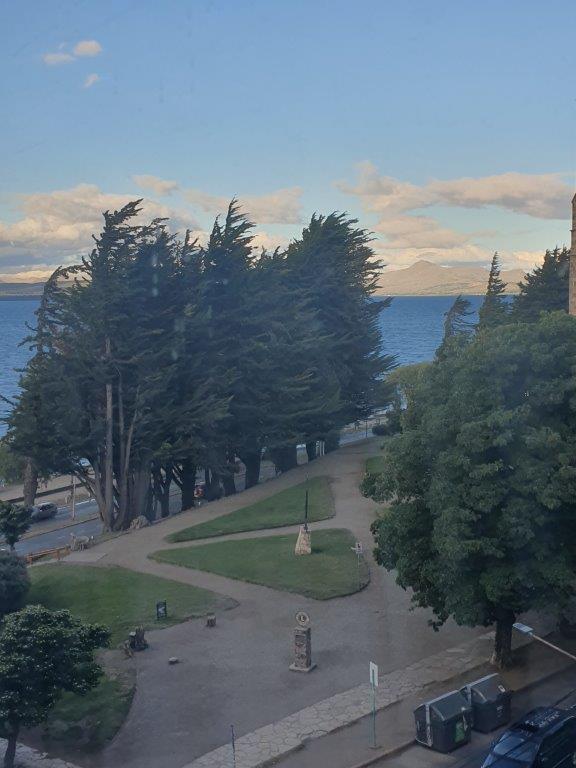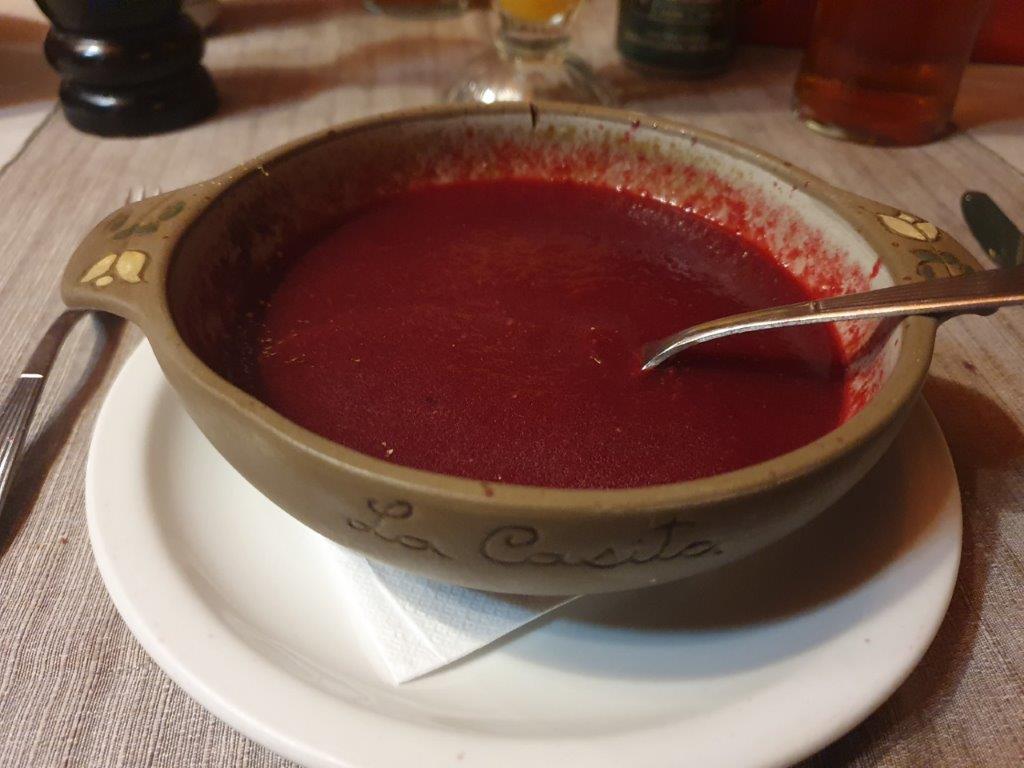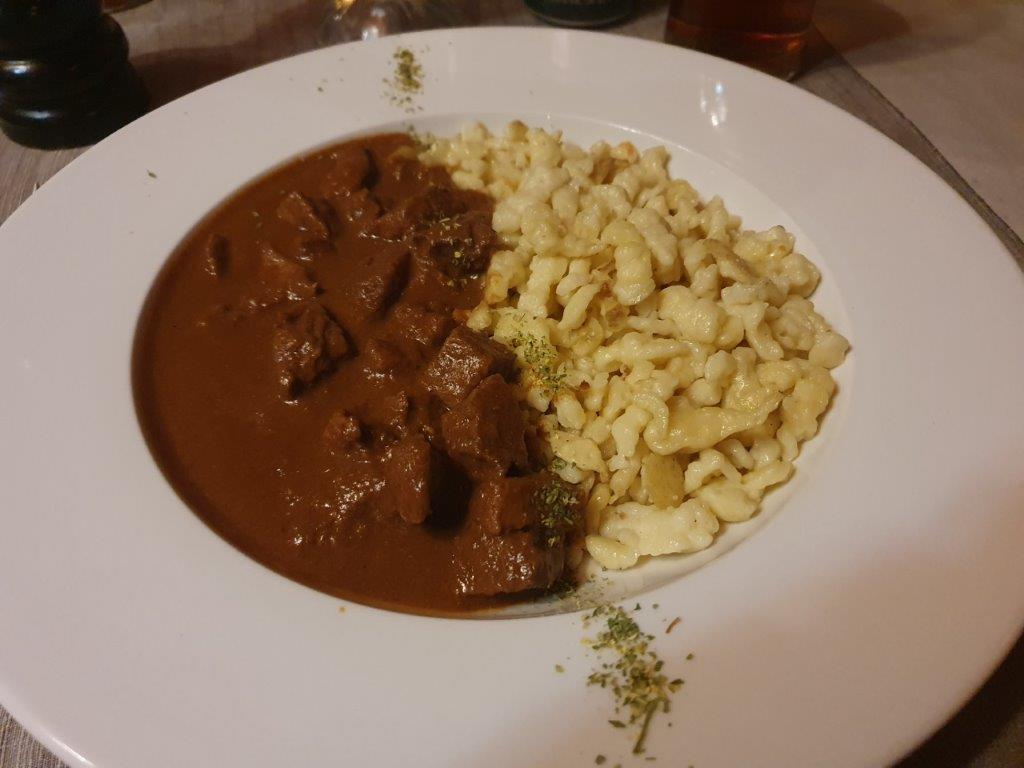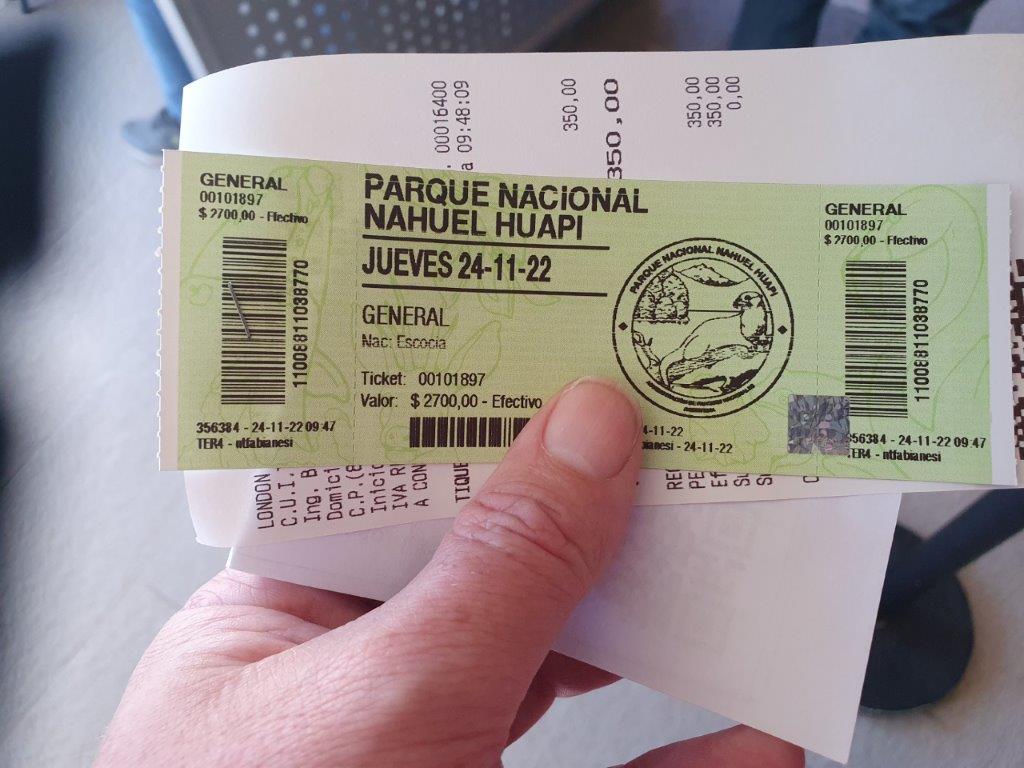14. Argentina: An introduction to San Carlos de Bariloche (Nahuel Huapi National Park)
The Wandelgek entered the Nahuel Huapi National Park and was again surprised by lakeside views filled with yellow blooming thorny bushes, probably all damsels in distress 😉 …
…and subsequently drove further to the city of Bariloche. San Carlos de Bariloche, usually known as Bariloche, is a city in the province of Río Negro, Argentina, situated in the foothills of the Andes on the southern shores of Nahuel Huapi Lake. It is located within the Nahuel Huapi National Park.
Already the homes and buildings in the outskirts of Bariloche showed that this was a special town in its architecture:
First things first. Before discovering the city and its delights, The Wandelgek moved into his hotel room.
The hotel room in the Interlaken Hotel (which was near the lake), was clean and spacy. The bathroom had a bathtub and the bed was comfy. Looked like a comfortable place to spend the next couple of night.
From the hotel room, The Wandelgek had some great views over the Nahuel Huapi Lake and the Cathedral of Bariloche.
The hotel opposite of the street couldn’t be more Swiss style:
After development of extensive public works and Alpine-styled architecture, the city emerged in the 1930s and 1940s as a major tourism centre with skiing, trekking and mountaineering facilities. In addition, it has numerous restaurants, cafés, and chocolate shops. The city had a permanent population of 108,205 according to the 2010 census. According to the latest statistics from 2015, the population is around 122,700, and a projection for 2020 estimates 135,704.
The town and its surroundings now look like a Swiss village on the shores of an Alpine lake. However, contrary to such a village and lake in Switzerland, at night tge shores on the other side of the lake stay dark and driving only for about a kilometer outside of Bariloche leaves you in complete wilderness, both as a reminder that you’re not in Switzerland at all…
Next The Wandelgek went for dinner.
Bariloche has an interesting history about which I’ll tell more in an upcoming blogpost, but for now itvsuffices to know that German settlers begun to arrive in neighboring southern Chile from the 1840s. Some of these settlers and their descendants begun a lucrative leather industry obtaining leather from indigenous communities across the Andes. In the 1880s, the Argentine Army displaced indigenous communities, disrupting this trade and forcing leather merchants in Chile to cross the Andes to obtain supplies. This way numerous entrepreneurs from Chile, many with a German background, established cattle and trade business in the area of Nahuel Huapi and Lácar lakes.
This eventually resulted in a German and also Swiss building style in and around Bariloche. It also resulted in German and Swiss style cuisine and more, which these settlers brought to the area.
Nowadays there are cheese fondue and raclette restaurants in Barliloche where you can order many German or Swiss style food. There are even a lot of Swiss chocolate shops in town, some quite large and famous.
This gives the town a Swiss ski resort type of vibe. More like Sankt Moritz and Zermatt. A lot of wealthy Argentinians come here to shop, like e.g. our dutch Queen Maxima and her mother.
The Wandelgek had enough of the Meat diet he had been on in Argentina so far and although there was Meat in his dinner dish, it was not as extensive as on some evenings at Argentine Parilla restaurants. He started with a Russian style borsjt soup and instead of a large steak, he ordered a dish which was typical for Hungary, South Germany and Austria: Gulash…
Before going to sleep The Wandelgek read a bit more about the Nahuel Huapi National Park, where he would spend a few days walking and sightseeing.
Nahuel Huapi National Park
Nahuel Huapi National Park (Spanish: Parque Nacional Nahuel Huapi) is the oldest national park in Argentina, established in 1934. It surrounds Nahuel Huapi Lake in the foothills of the Patagonian Andes. The largest of the national parks in the region, it has an area of 7,050 km2 (2,720 sq mi), or nearly 2 million acres. Its landscapes represent the north Patagonian Andean Zone consisting of three types, namely, the Altoandino (with perpetual snow above an altitude of 1,600 metres (5,200 ft)), the Andino-Patagónico (in the lower reaches of the hills) and the Patagonian steppe. It also represents small parts of the Valdivian Rainforest.
The park and the reserve lie at an altitude of 720–3,574 metres (2,362–11,726 ft), and are designated under IUCN management categories II (National Park) and IV (Management Reserve). The park is completely protected while the reserve is partially protected. The national park is dominated by the high mountain chain of the Andes, many lakes, rapid rivers, waterfalls, snow-clad peaks, glaciers and extensive forests. It is bordered by Chile on its western side.
The Wandelgek thought of some walks in the park the next day which would bring him near the Chilean border. Then he fel asleep…

